The Greco-Roman goddess Venus is one of the most widely referenced deities in art history, typically representing beauty, fertility, love, & birth. Venus has been depicted throughout several periods of art history - from ancient times, to classical periods, & throughout the Renaissance. While the representation of Venus remains the same throughout time, the symbolism of Venus shifts depending on the cultural values of the society.
Representations of Venus in art began in Paleolithic Europe. The most famous being Venus of Willendorf, made around 24,000 - 22,000 BC. Carved from oolitic limestone & standing at 4.4” tall, the figure was excavated in Willendorf, Austria in 1908.
Similar ancient sculptures are typically referred to in archaeology as “Venus Figurines” due to the belief that depictions of nude women with exaggerated sexual features represent early fertility deities or mother goddesses. The reference to Venus is metaphorical, since those figures predate the mythological Greco-Roman concept of Venus.
In classical art & throughout the Hellenistic period of Ancient Greece, the goddess Venus came to symbolize a standard of beauty in society.
Venus de Milo or Aphrodite of Melos is one of most famous sculptures constructed during the Hellenistic period. The sculpture has been displayed in the Louvre in Paris ever since it was rediscovered on the island of Milos, Greece in 1820.
Venus de Milo is believed to depict the Greek goddess Aphrodite. Made of Parian marble, the statue is larger than life size at 6’ 7”. Venus de Milo is missing both of her arms, with part of one arm, as well as the original plinth, being lost after the statue's rediscovery.
Sculptures of Venus during this time period embodied the Hellenistic ideal of beauty. Her breasts are exposed, but the lower half of her body is covered with drapery. She is looking away from the viewer while her body faces towards us.
The first temples of Venus were erected in Rome during 200 BC to solicit her assistance in battles. Julius Caesar and his heir, Augustus, aligned themselves closely with Venus, claiming ancestral descent through her son, the Trojan hero Aeneas. The goddess was repeatedly represented in architecture and on coins, and her figure became symbolic of Roman power throughout the empire.
Depictions of Venus in art reemerged during the Italian Renaissance as there was a renewed fascination with classical antiquity. The symbol of Venus became a common motif throughout the Renaissance, continuing to represent themes of love, beauty, birth, & fertility.
One of the most iconic representations of Venus from the Italian Renaissance is The Birth of Venus by Sandro Botticelli, made in 1485 & currently on display at the Uffizi Gallery in Florence, Italy.
This painting shows the moment of Venus’s birth from a clam shell, rising from the waters. Her hair covers her genitals as her hand clutches her chest. This painting is based on both the writings of Homer & the statue of Aphrodite of Knidos.
While Botticelli’s depictions of Venus show her in rising, Titian’s Venus of Urbino shows Venus in recline. This illustrates a shift in what Venus became to symbolize in art. A standing Venus emphasizes strength, beauty, & birth, while Venus in recline emphasizes sex & desire.
Venus of Urbino showcases the eroticism of the mythological Venus in the form of a human woman. This is one of Titian’s most famous works & depicts a young bride about to be dressed to take part in a celebration ritual in Venice known as “il toccamano.” In this ritual, the woman touches the hand of the groom to express consent. The ode to Venus is evident through the covering of her genitals & the roses in her hand, as well as the title of the painting. Her naked recline & seductive eye contact suggest an eroticism in her gaze. She is an object of desire.
Sleeping Venus by Giorgione is actually the first known reclining nude in the history of Western painting. It established the genre of Erotic Mythological Pastoral - female nudes in a landscape. Sleeping Venus is another example of Venus becoming a metaphor for a regular woman, as there is nothing in the painting to represent the mythology of Venus at all.
These paintings represent a shift in Venus being portrayed as a goddess of beauty to being portrayed as a sex symbol. They also show a shift in Venus being depicted as a goddess from her mythology, to being a metaphor for regular women.
This shift is even more evident 300 years later, in Manet’s Olympia, a painting that is clearly referencing Titian’s Venus of Urbino both in composition & subject matter. This painting portrays a sex worker lying on a bed being tended to by a black maid. While not titled “Venus”, Manet is taking the Venus trope depicted in many paintings during the Renaissance period & making that comparison with his own subject. Prostitutes had become the quintessential woman of early avant-garde 20th century painting (Toulouse-Lautrec, Picasso, Roualt, German Expressionism). The Venus had evolved.
Diego Velázquez, a famous painter of the Spanish Golden Age, painted Rokeby Venus in 1651. Giorgione’s Sleeping Venus & Titian’s Venus of Urbino are cited as examples for this work as well. The painting is the only surviving nude by Velázquez - nudes were extremely rare in 17th century Spanish art, as paintings were actively policed by members of the Spanish Inquisition.
Many paintings from the Renaissance began to depict Venus gazing at herself in a mirror. This motif became known as “The Venus Effect” named after Velázquez’s Rokeby Venus, Titian’s Venus with a Mirror, & Veronese’s Venus with a Mirror. The Venus Effect describes the composition of a woman looking at herself in the mirror, turned away from the viewer. Her gaze meets the eye of the viewer through the reflection of the mirror. While this could have begun as a compositional choice, the Venus Effect became a symbol for a woman’s vanity, as well as the woman’s awareness of being looked at & perceived by the viewer.
In Ways of Seeing, John Berger writes about the portrayal of the vanity of women in art history,
“Men look at women. Women watch themselves being looked at. This determines not only most relations between men & women but also the relation of women to themselves. The surveyor of woman in herself is male: the surveyed female. Thus she turns herself into an object - and most particularly an object of vision: a sight.”
Berger uses examples from European oil painting, specifically nudes, to explore how women have been judged & seen through society’s lens. In paintings, the mirror was often used as a symbol for the vanity of women. He continues,
“You painted a naked woman because you enjoyed looking at her, you put a mirror in her hand and you called the painting Vanity, thus morally condemning the woman whose nakedness you had depicted for your own pleasure.”
I plan to write much more about Berger’s ideas in Ways of Seeing, as his philosophy is a huge inspiration to how I interact with images to this day. Many of his ideas apply to the shift in how the goddess Venus was depicted in art history throughout time.
Since the 1900s, the Venus from mythology is rarely depicted in modern or contemporary art. If it is used, it’s mostly in reference to art history.
As the goddess Venus in art has evolved from symbolizing fertility, then beauty, then sex, the character of Venus has transformed from her origins as a Roman goddess to being represented by an everyday woman.
What impact did art history have on this transformation of Venus? Did the images from European oil painting have an influence on our conceptions of women today? Or were these paintings merely representative of ideas already dictated by society?
Now & then, the Venus Effect begs for a feminist reclamation.





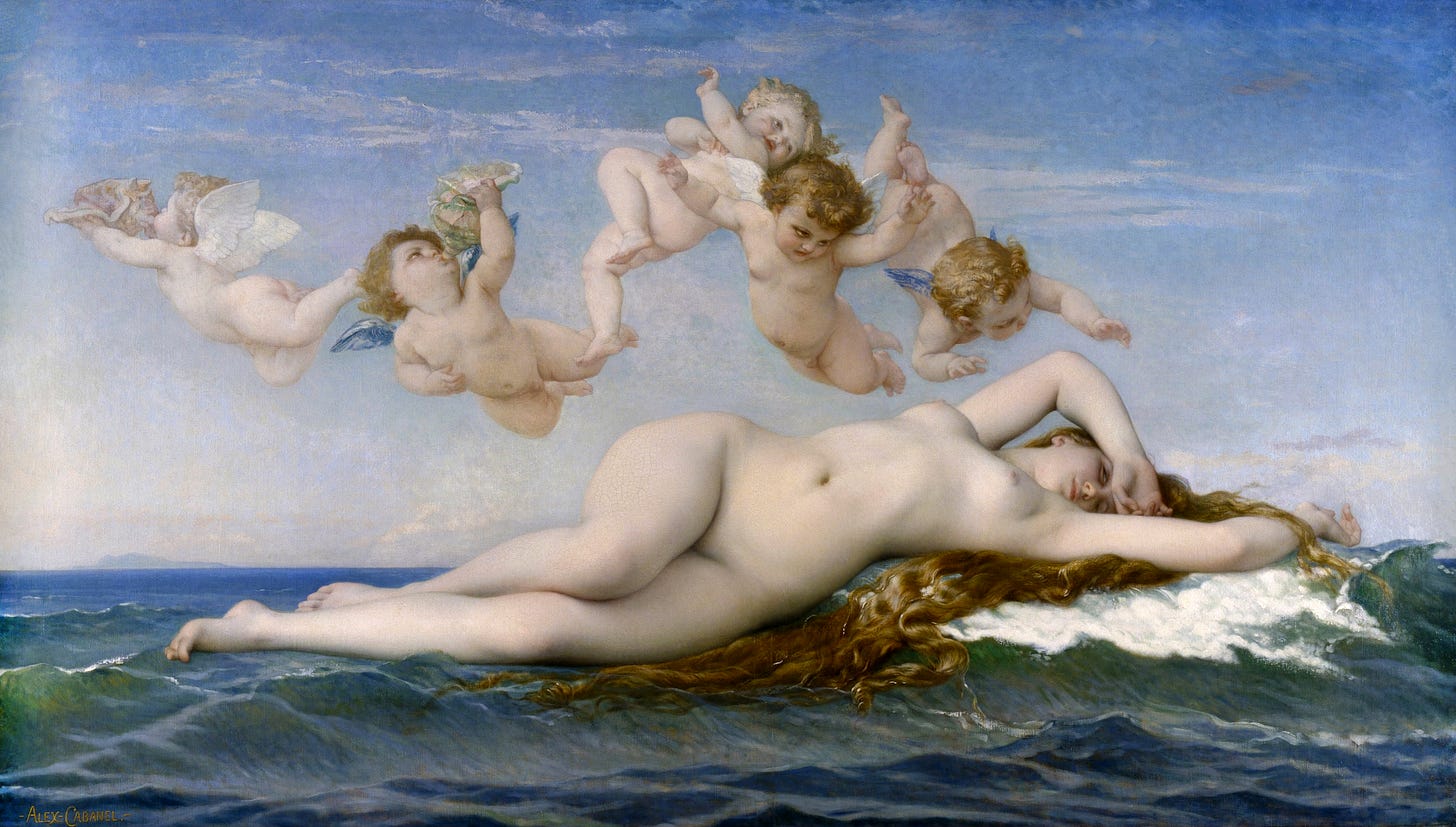
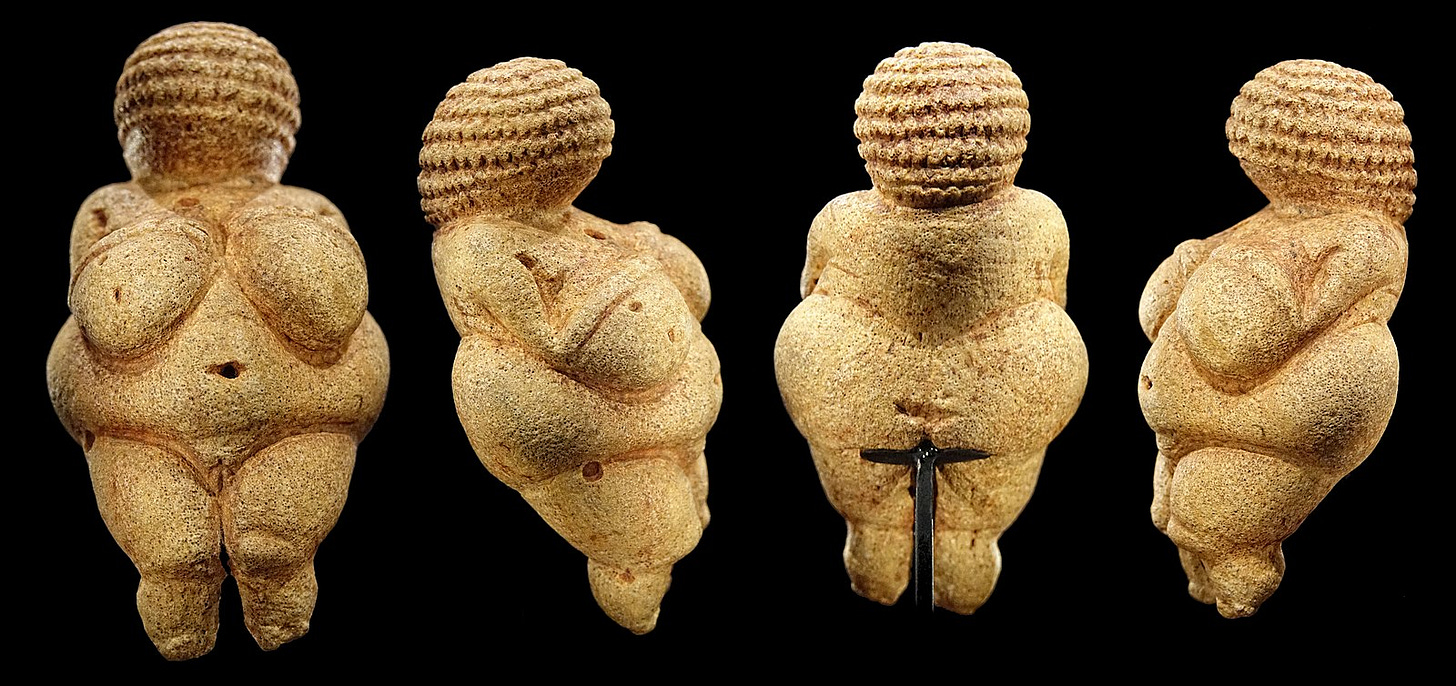
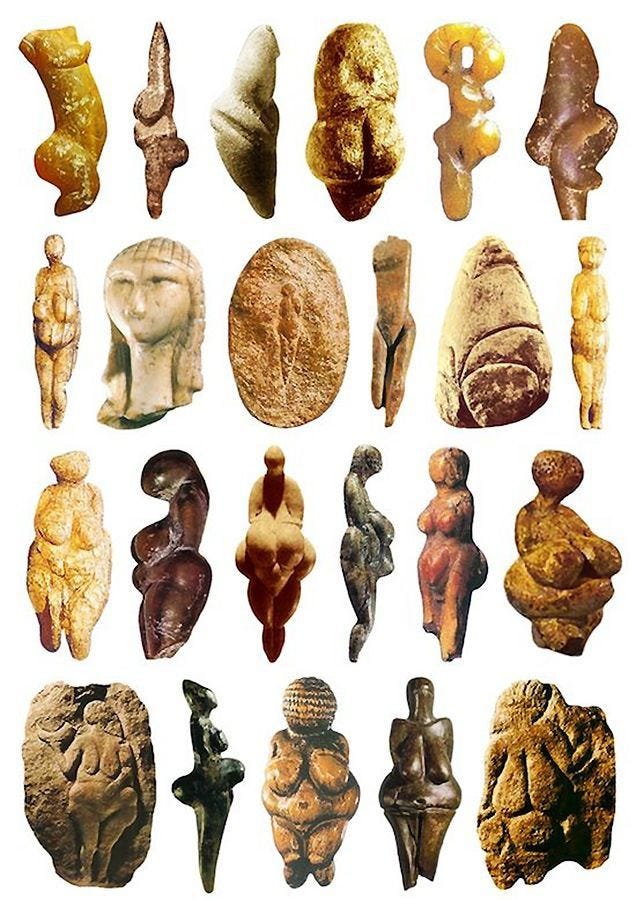
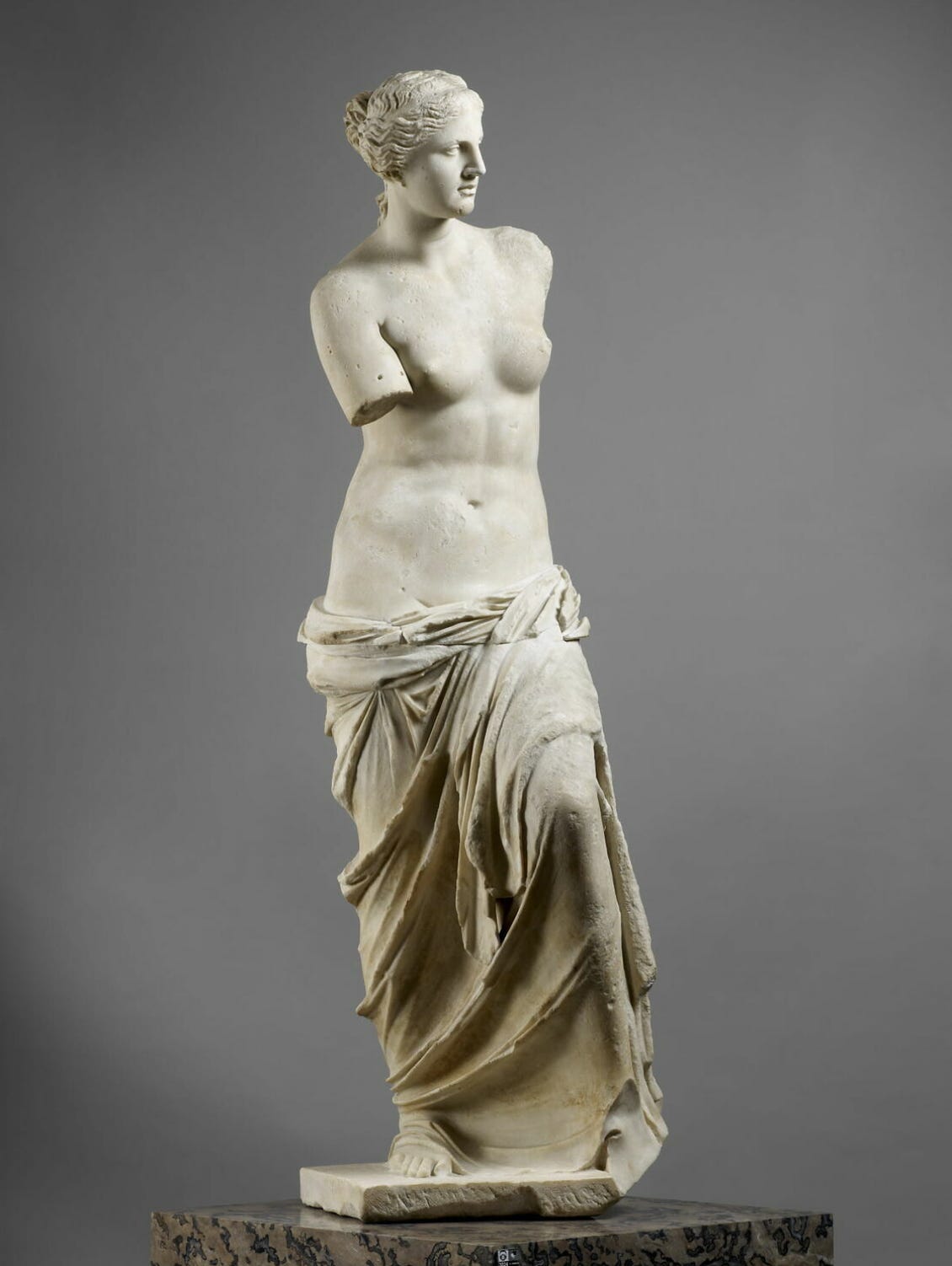
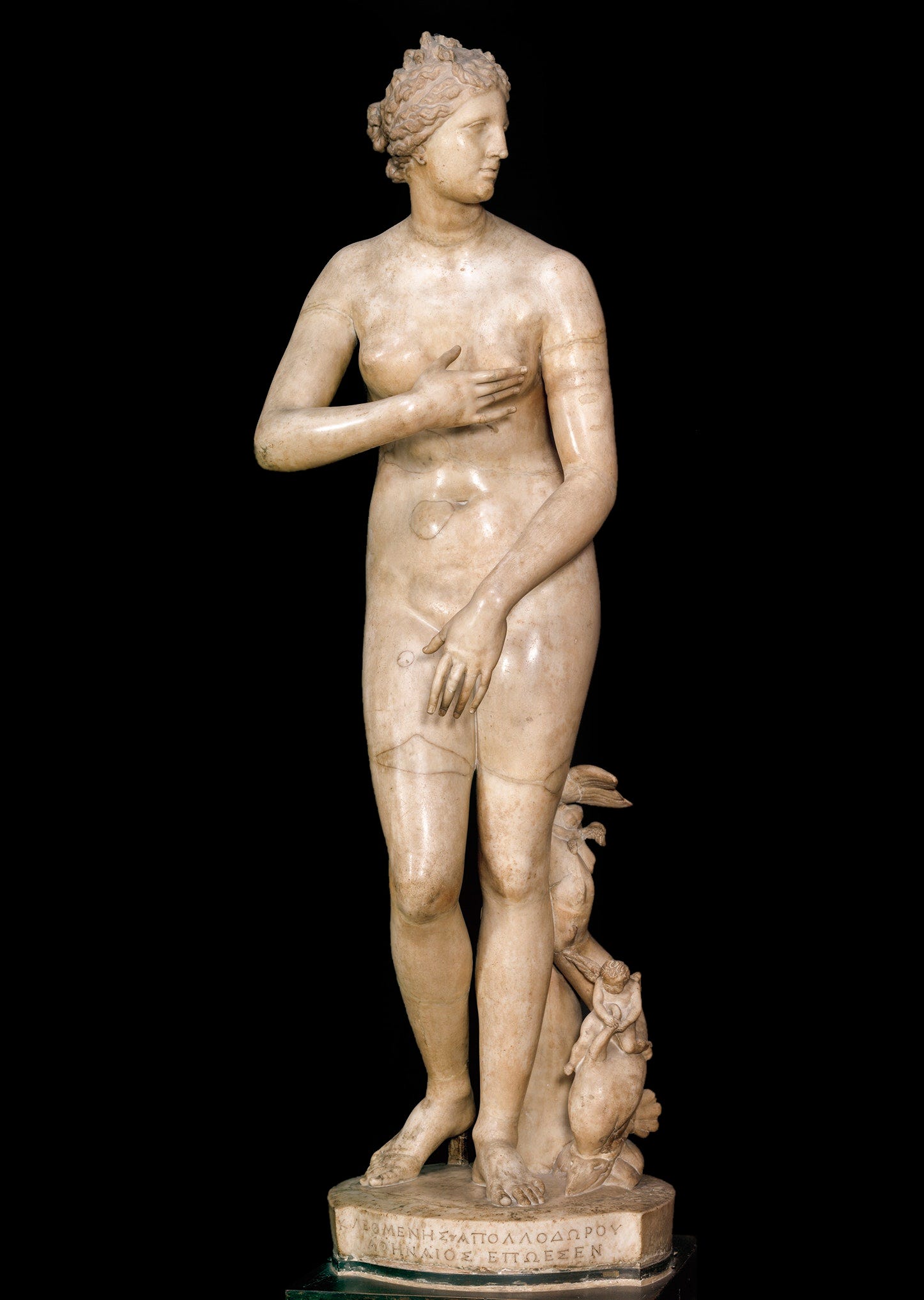
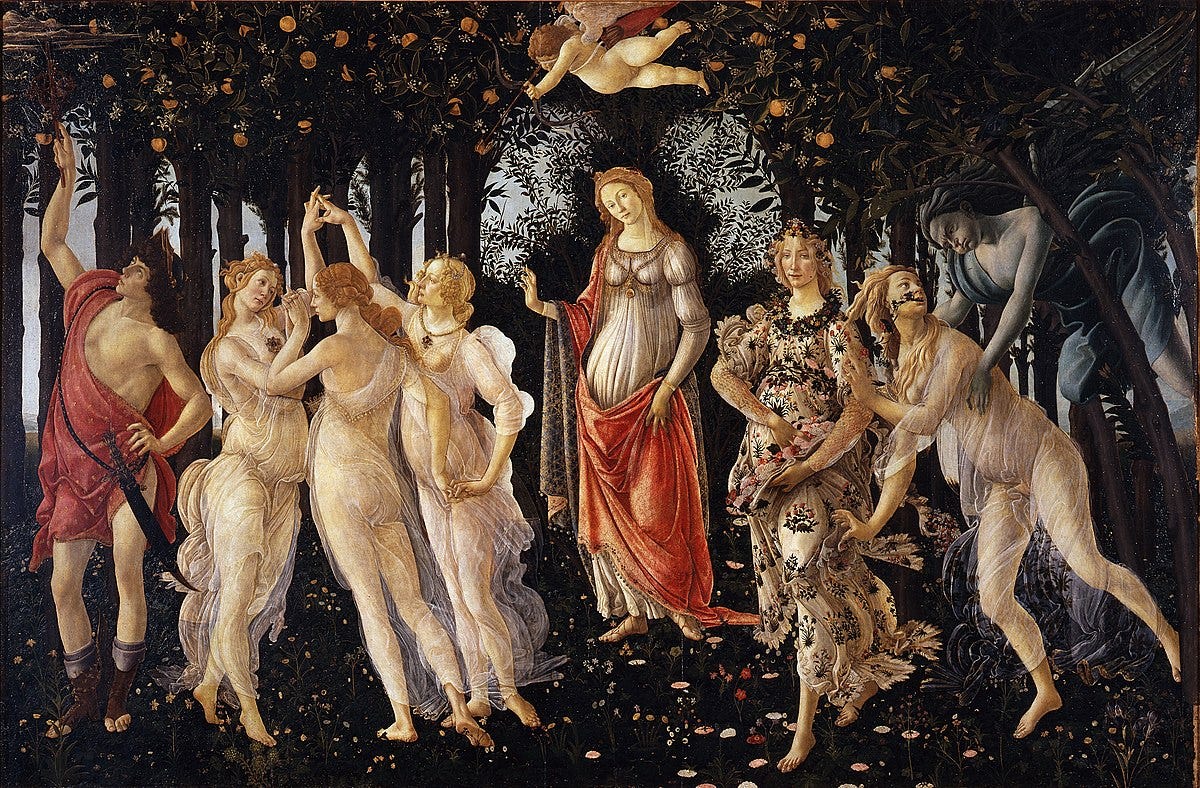
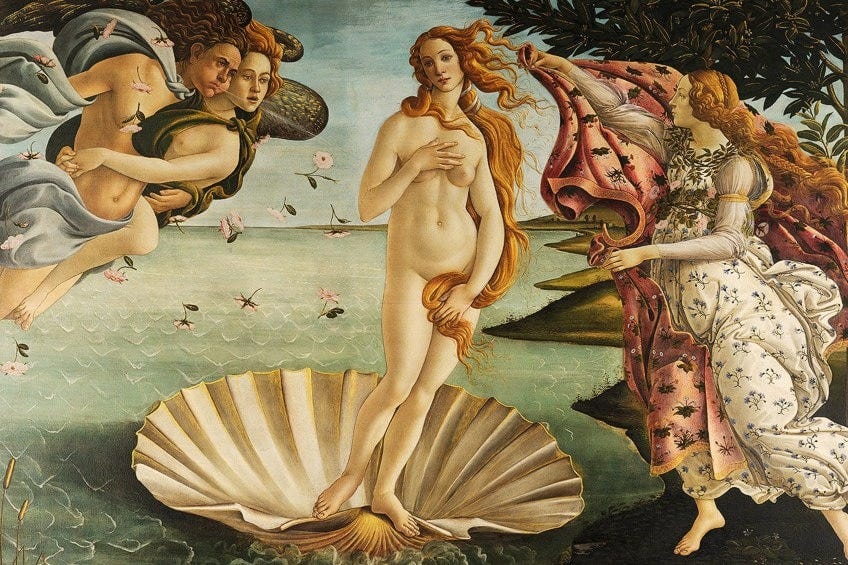
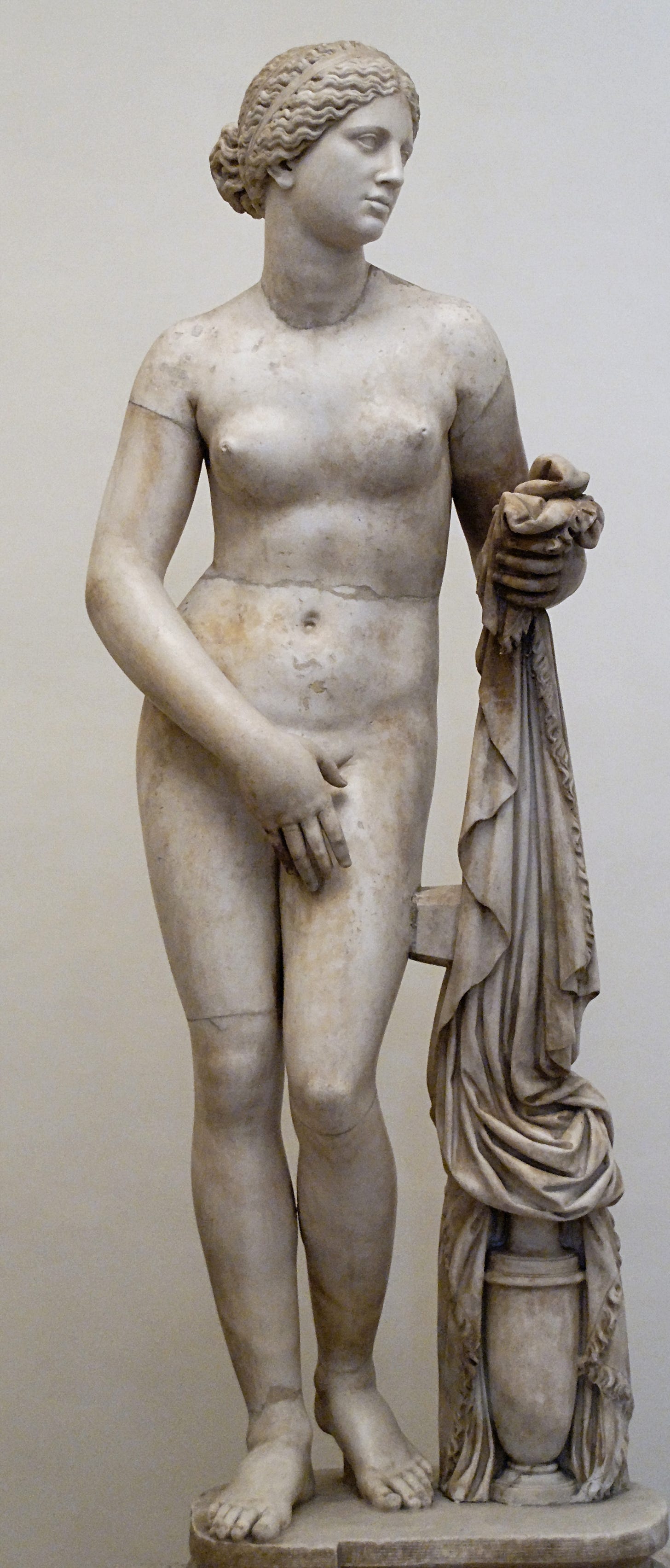
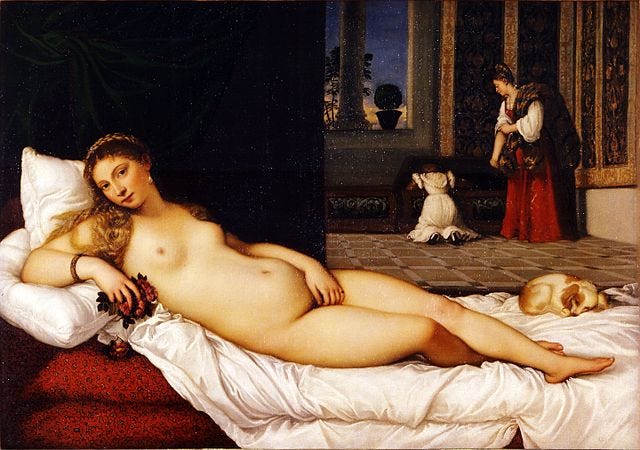
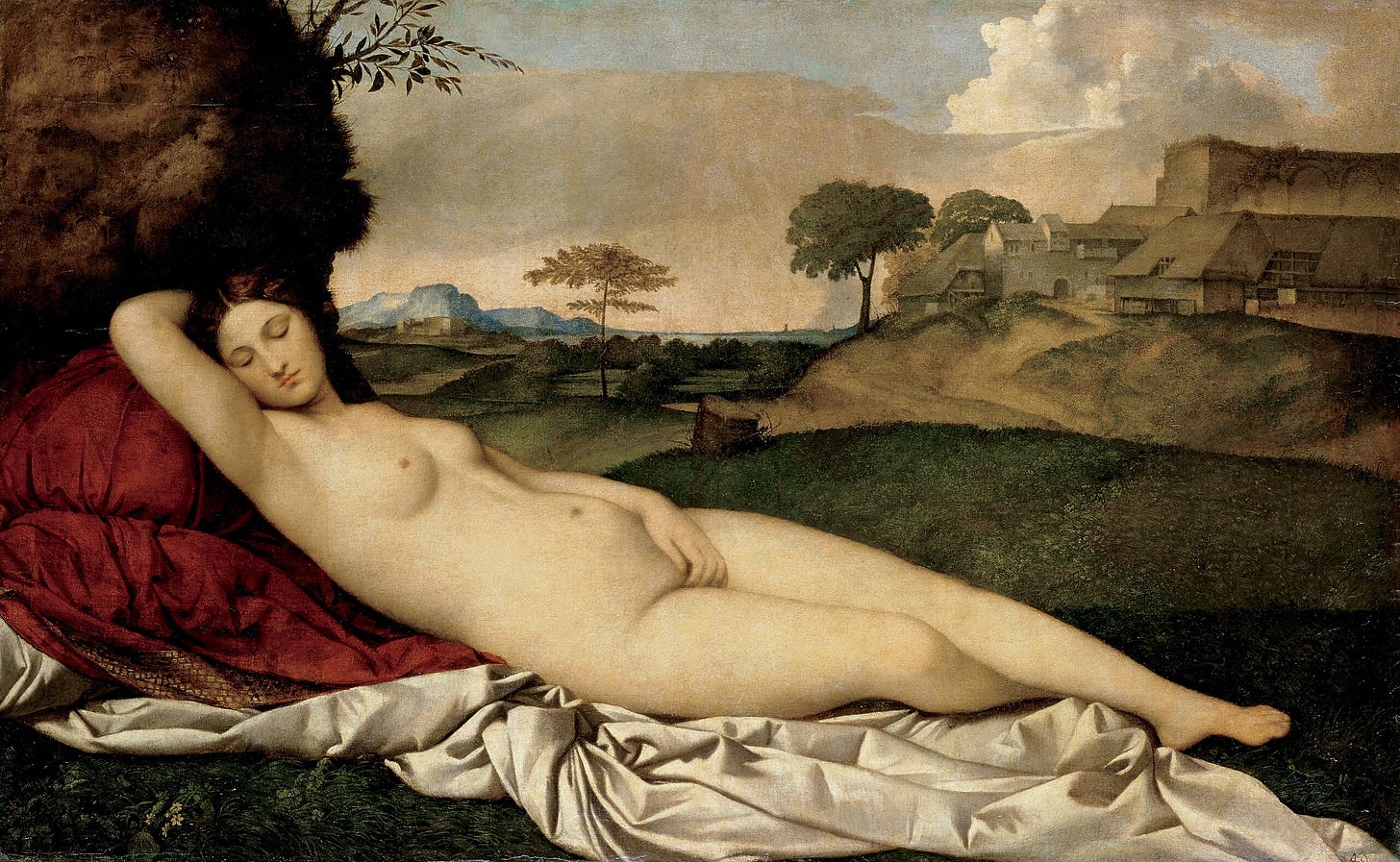
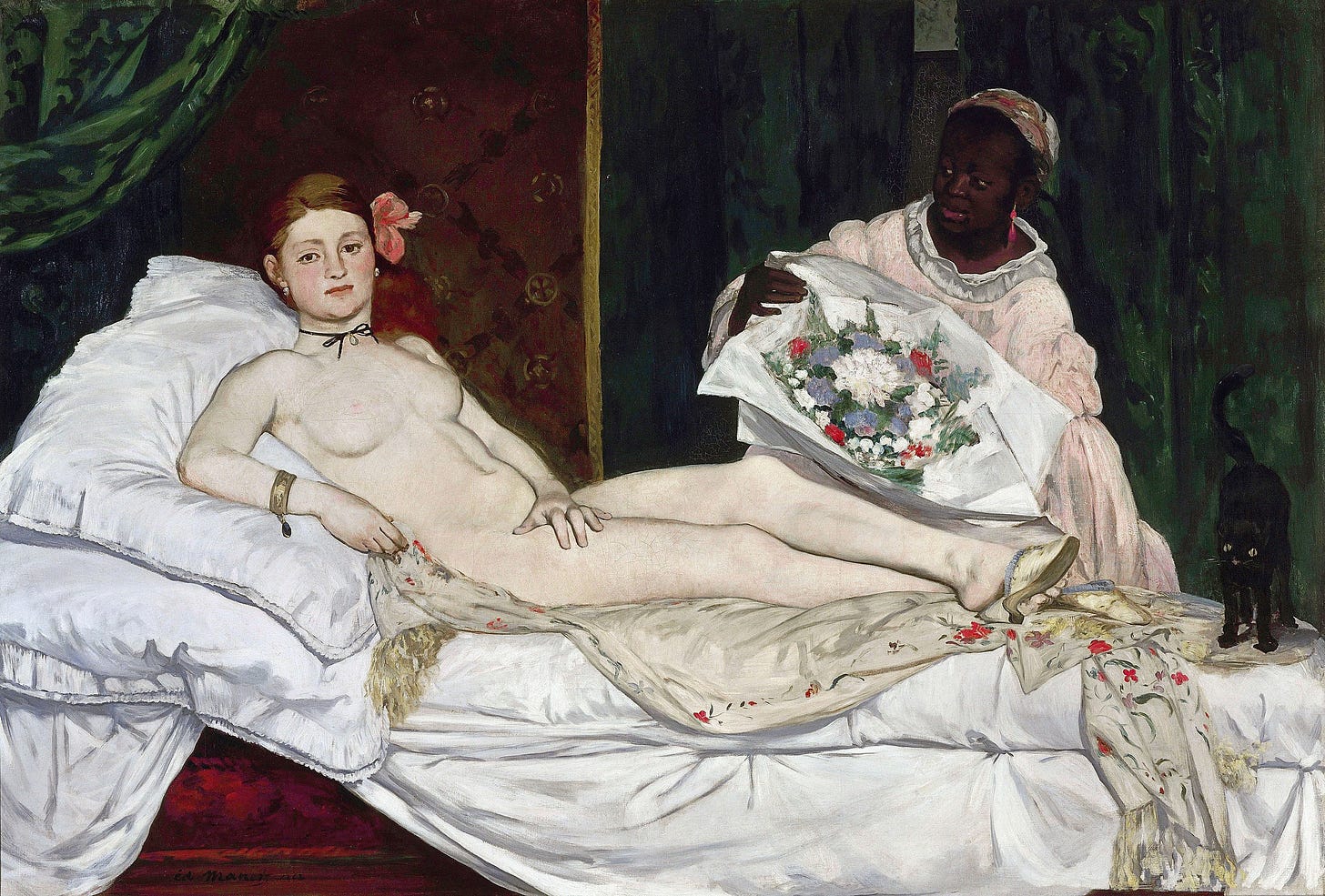
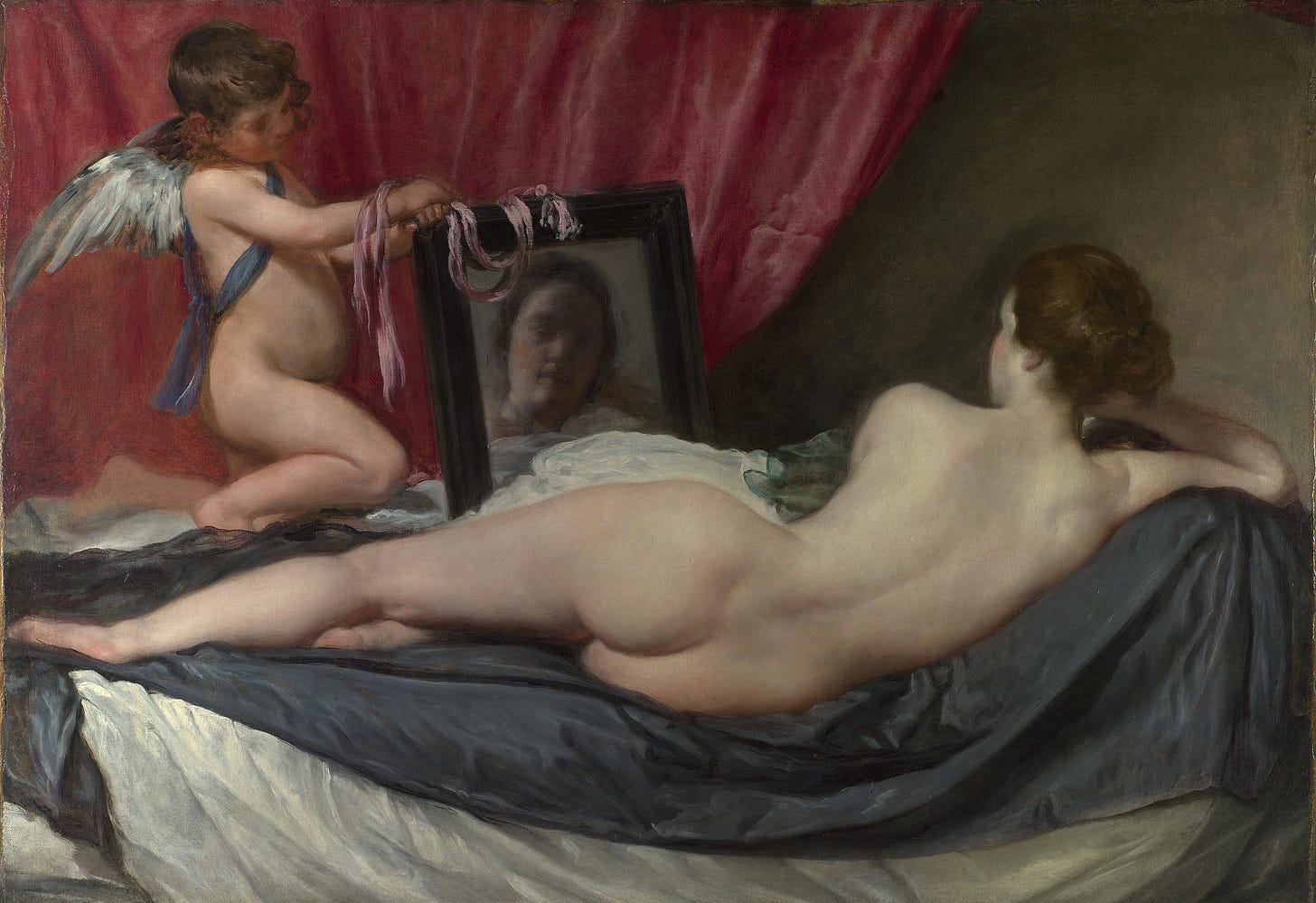
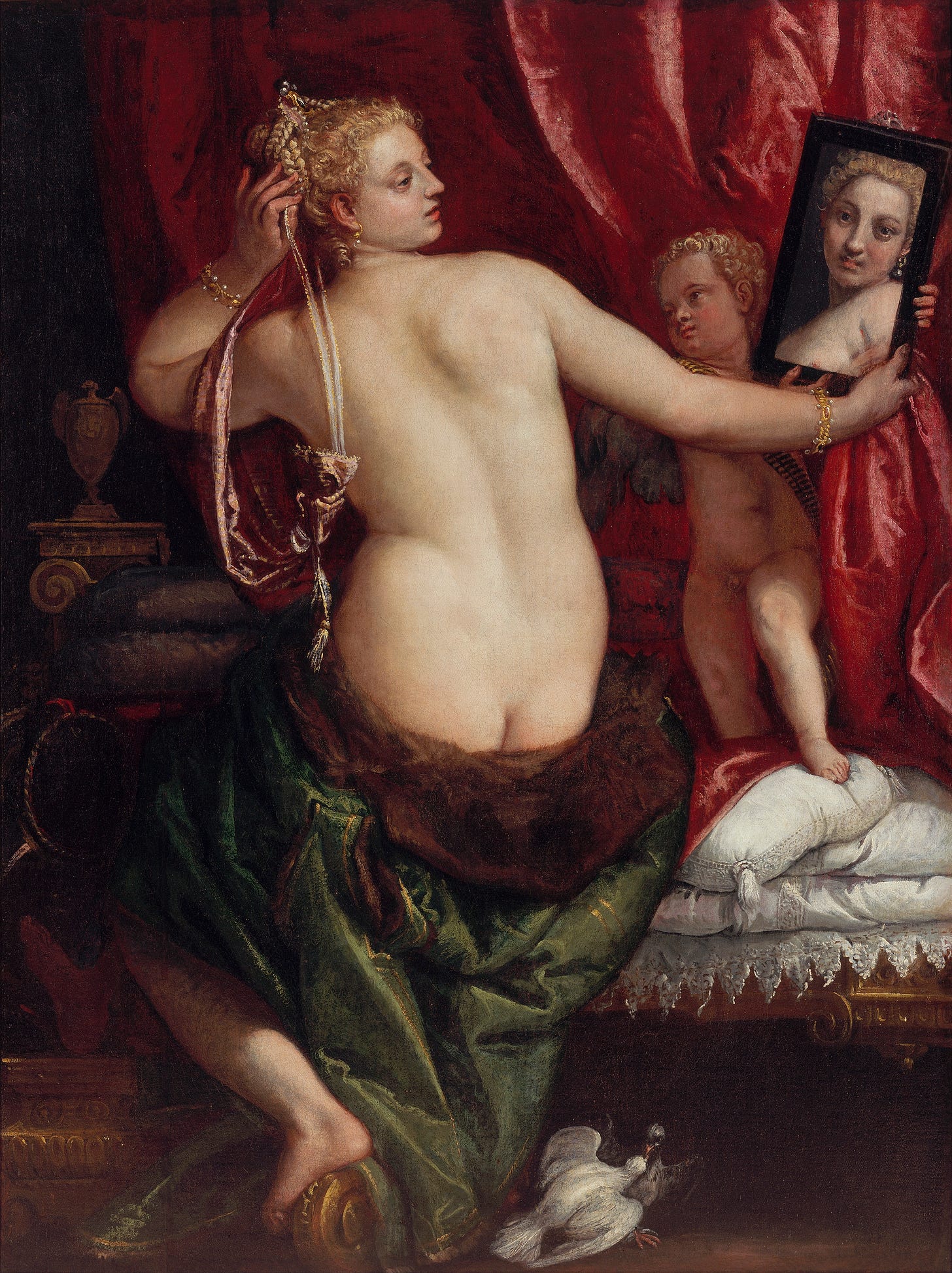
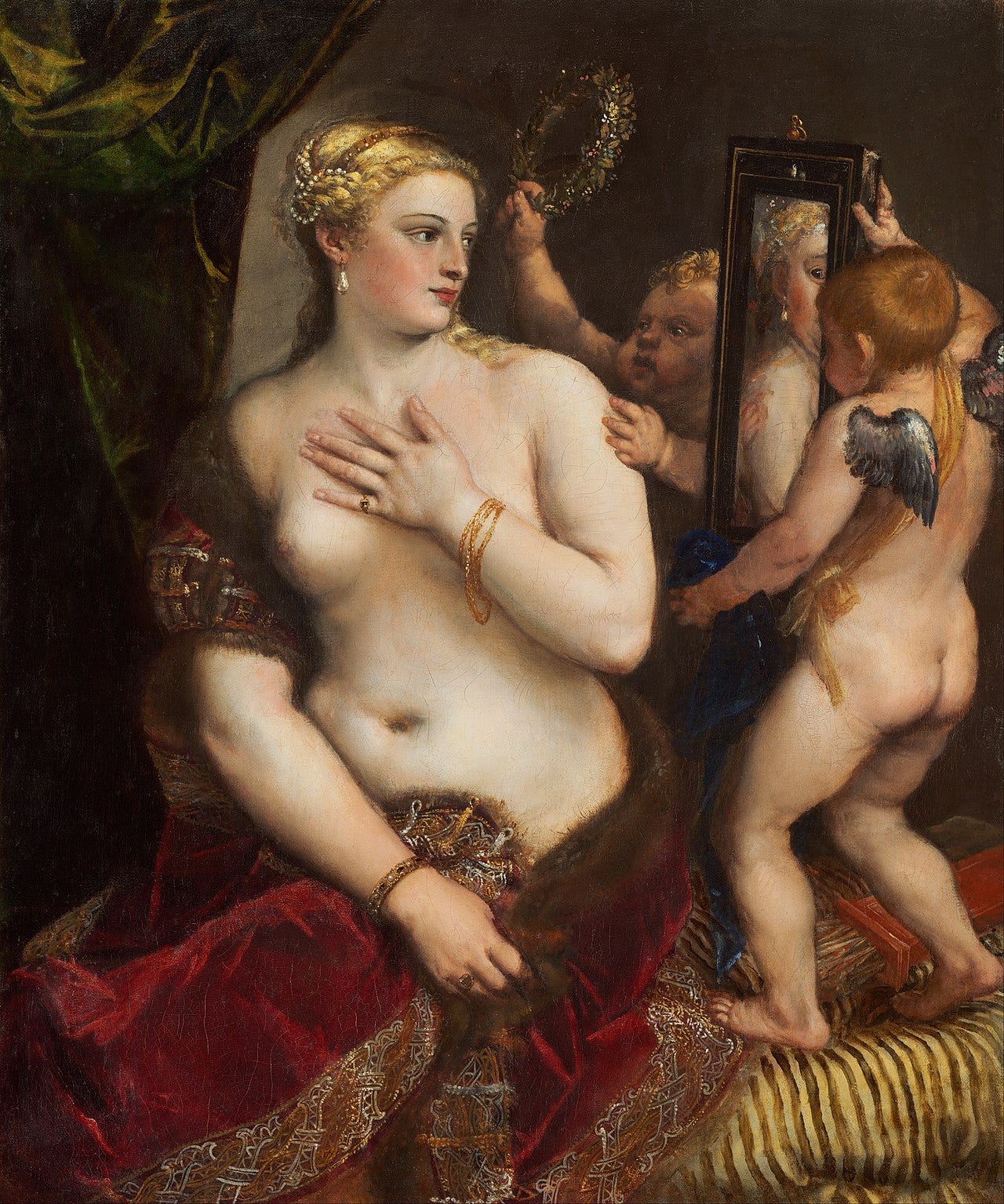
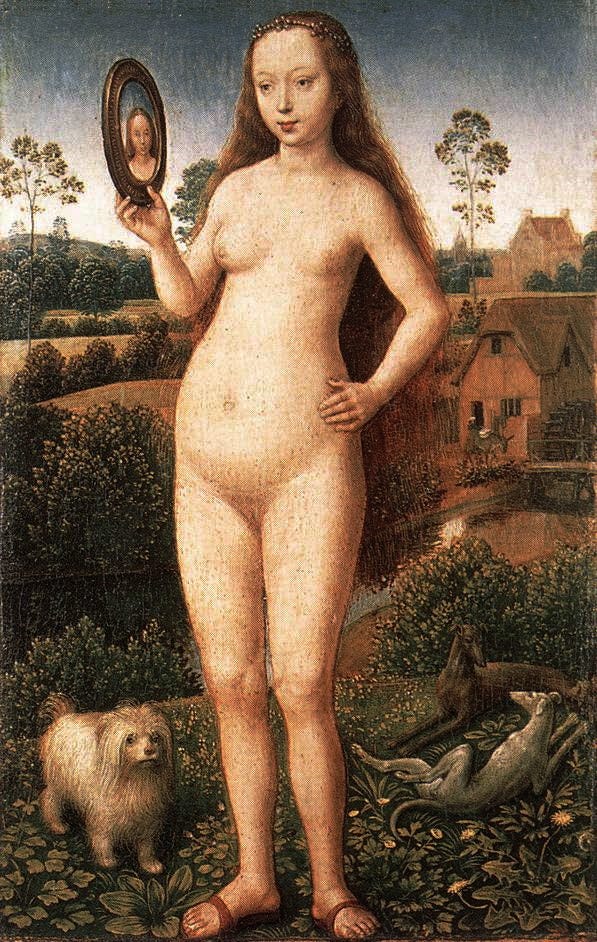
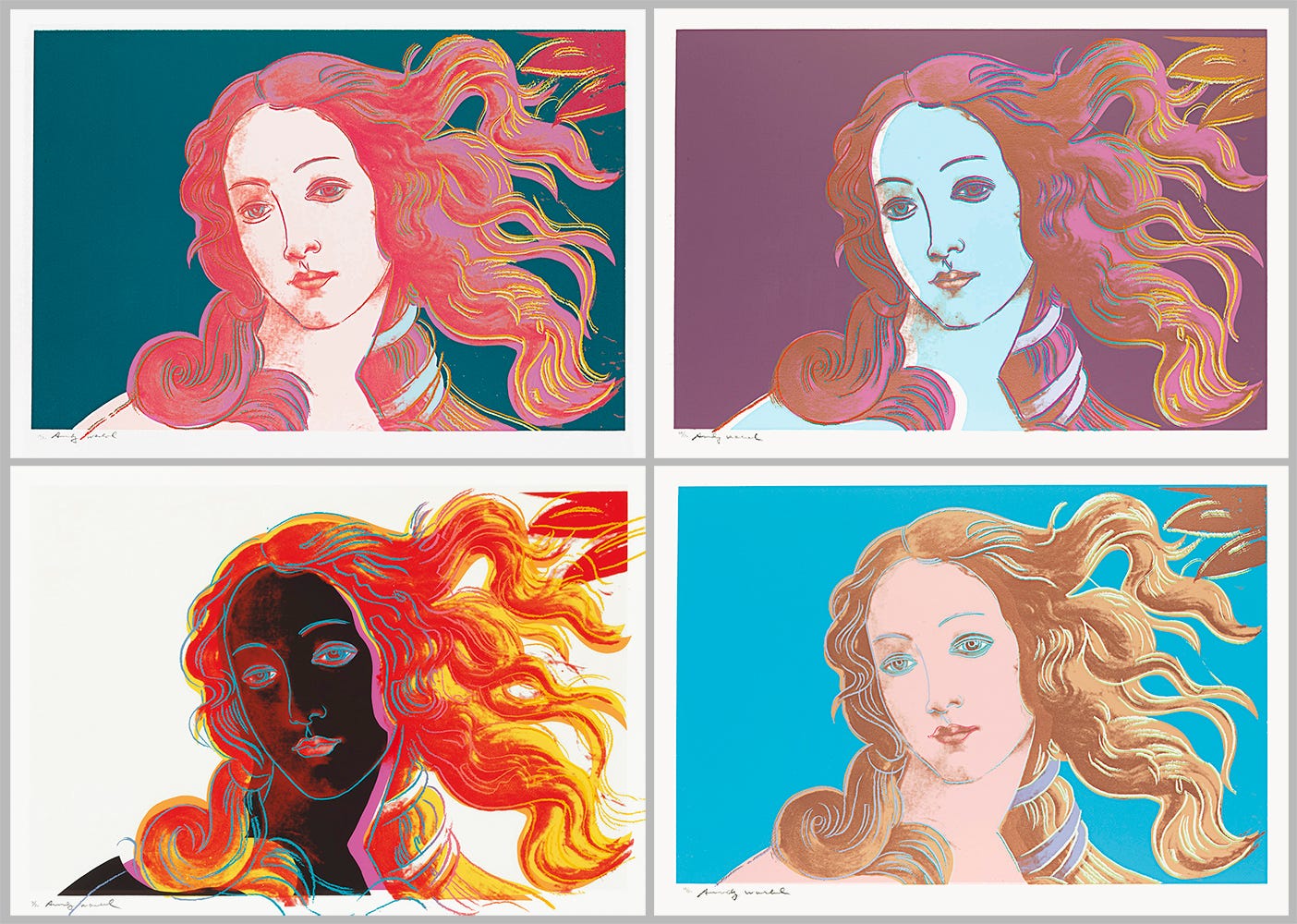
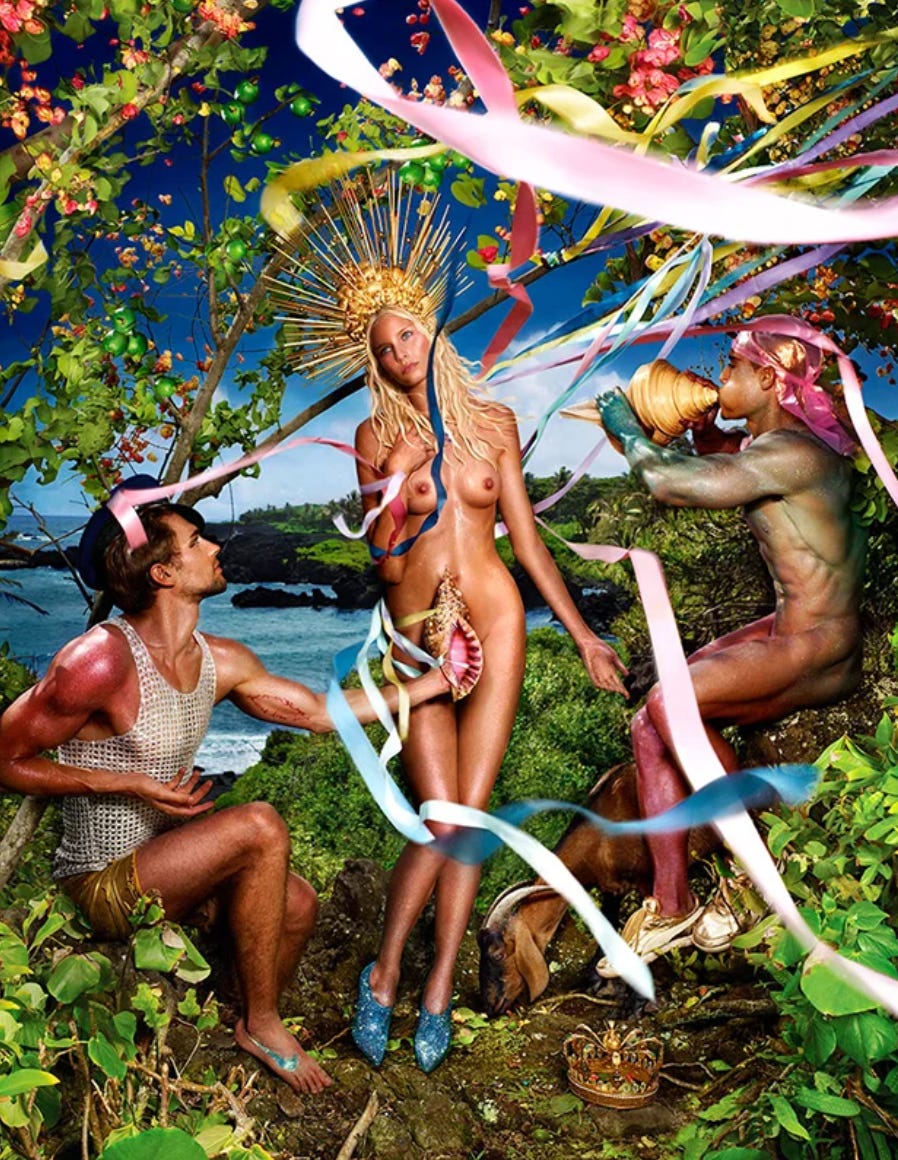
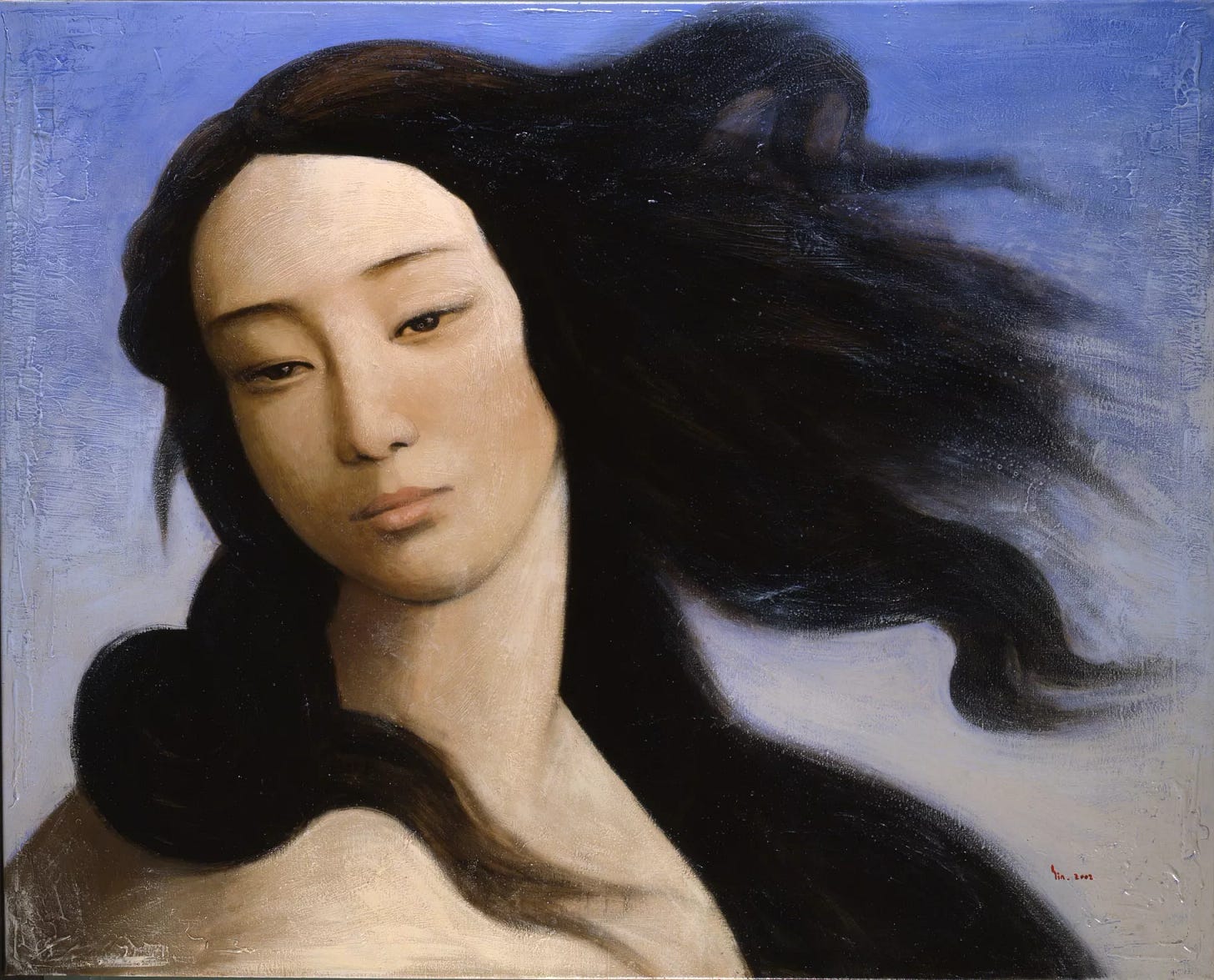
Thanks for these thoughtful words on the meaning of Venus. Essentially the key image in figurative art.
Thanks ✨